Auto-Edit & Smart 3D Modifiers
This settings group allows you to modify your model by generating UVs, assigning textures, and scaling. Modifiers provide optimization tools that adapt the output based on type, respecting existing settings but overriding them when needed for best results.
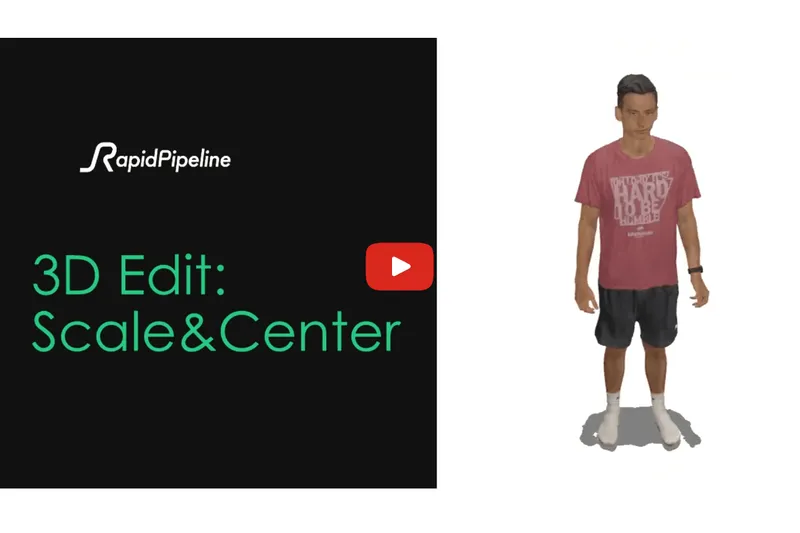
Fix Scale, Origin, and Placement
Dealing with 3D assets that are misaligned or incorrectly scaled?
RapidPipeline makes it easy to clean up and prep your models with intuitive Model Edit tools built right into the 3D processor.
Scale Correction – Instantly adjust inaccurate model sizes
Origin Adjustment – Precisely center, bottom, top, or rear-align models
Visual Previews – Check dimensions with bounding boxes before finalizing
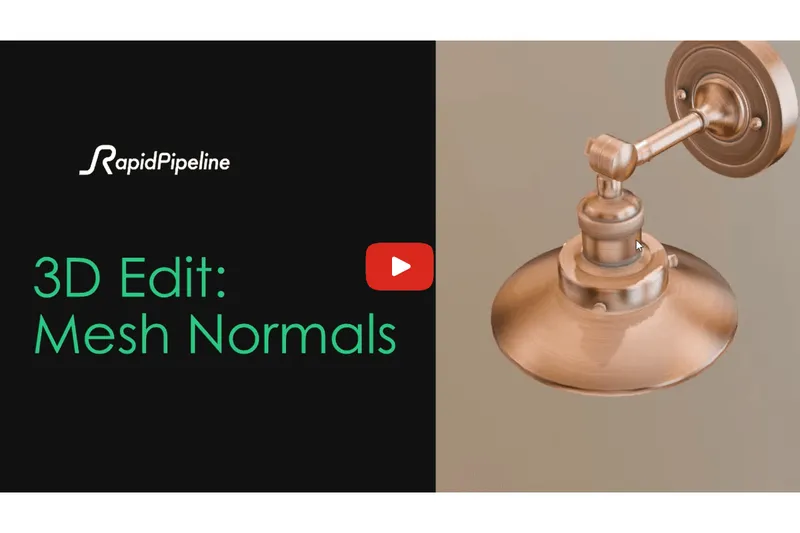
Editing & Correcting Mesh Normals
Shading can make or break a 3D model, and RapidPipeline gives you full control with its advanced Mesh Normals editing tools.
Recompute input normals to fix faulty normals, and use the Normal Hard Angle Threshold to set the angle (in degrees) at which normals are hardened.
For example, setting the angle to 60° keeps sharp definition where needed, while the area method enhances realism by weighting towards larger faces, perfect for models with bevels and fillets.
🎯 It's a small tweak with a huge visual payoff.
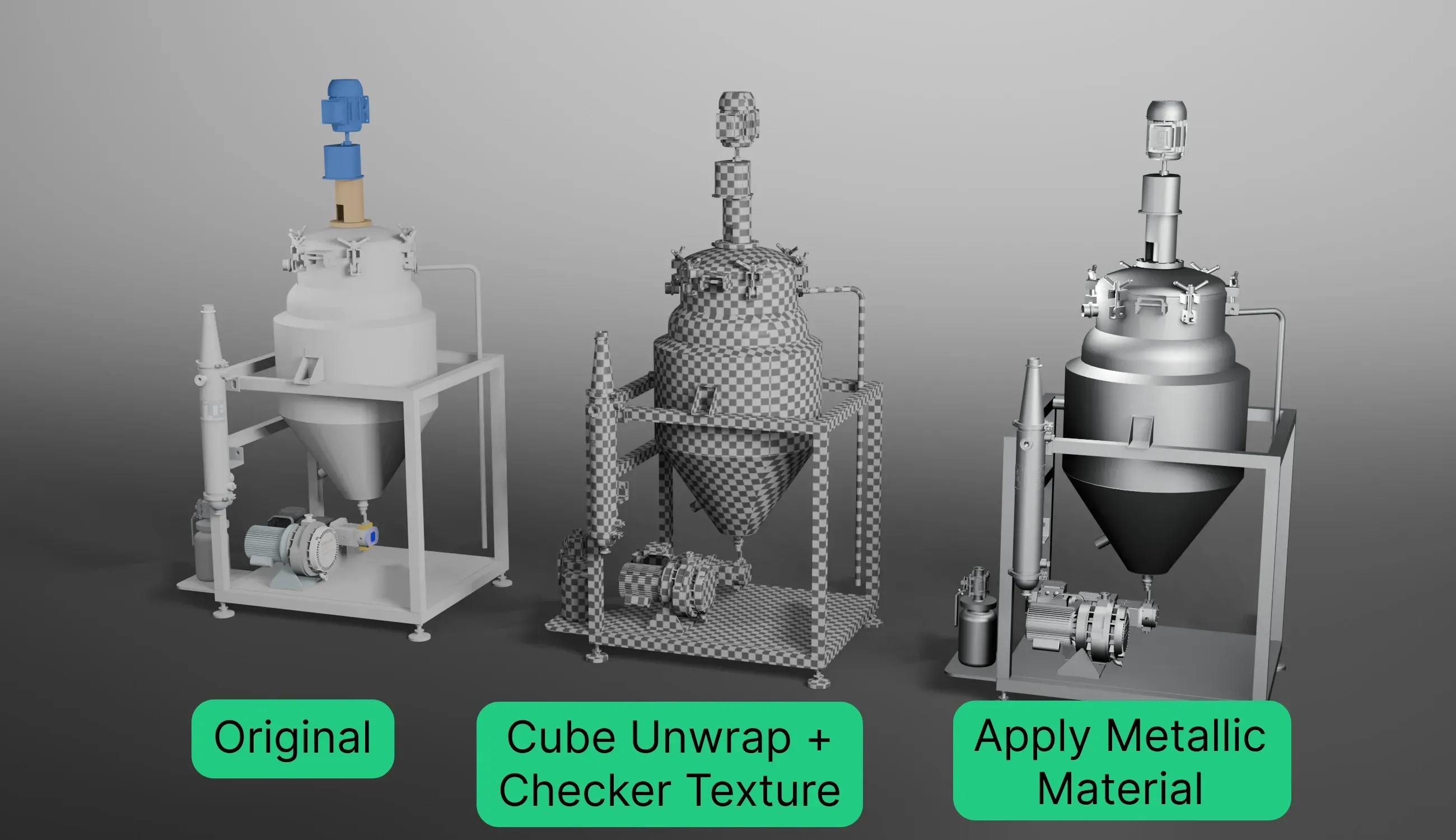
Editing Materials and UVs
With our Edit Material tools, you can adjust your model’s materials during processing.
Options include a material replacer, allowing you to use Cube Unwrapping (very similar to Blender´s Cube Projection) and optionally apply a checker texture to inspect UVs. You can also assign a standard material across the entire model, with adjustable Base Color, Metallic, and Roughness values.
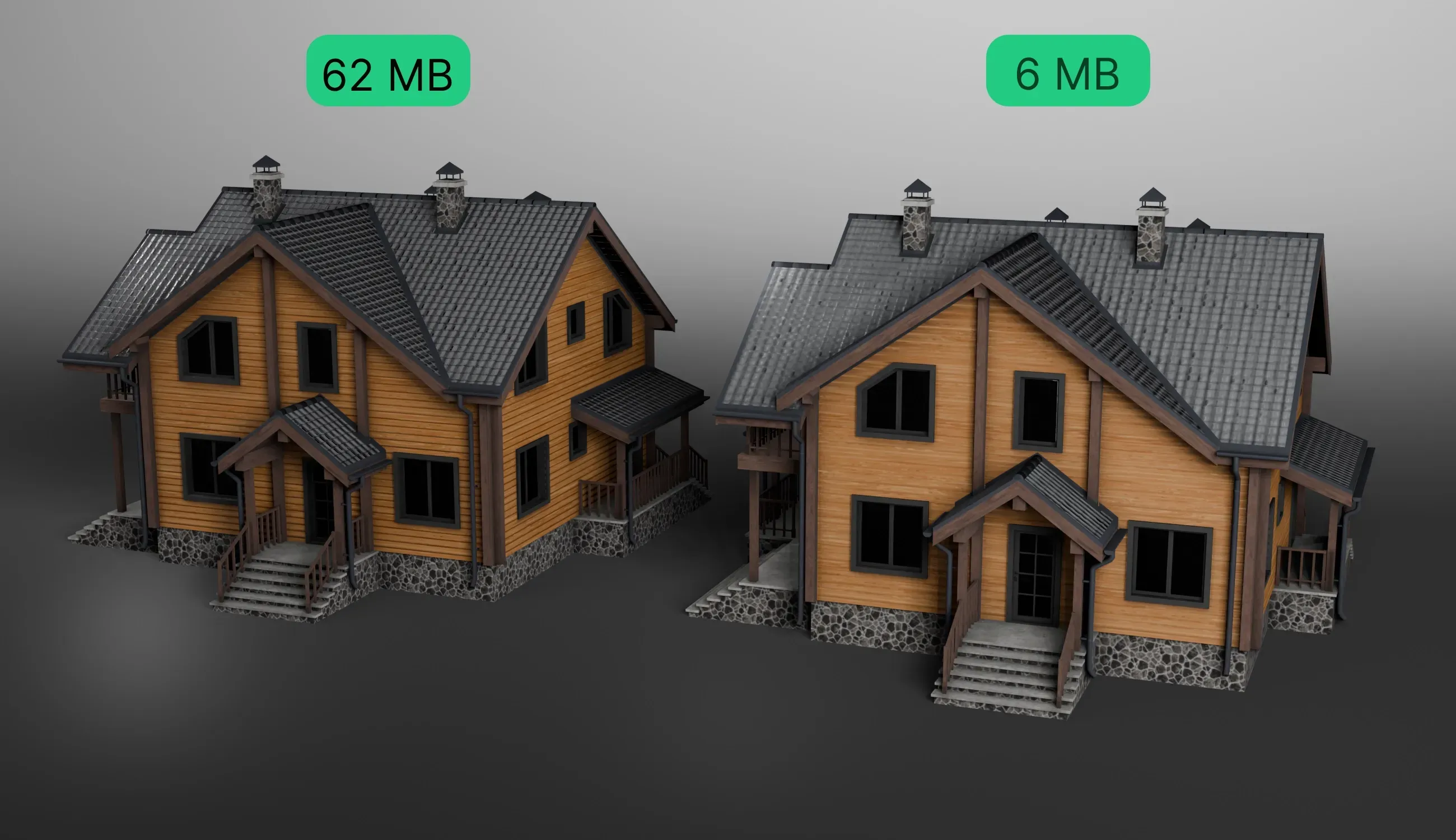
File Size Modifier
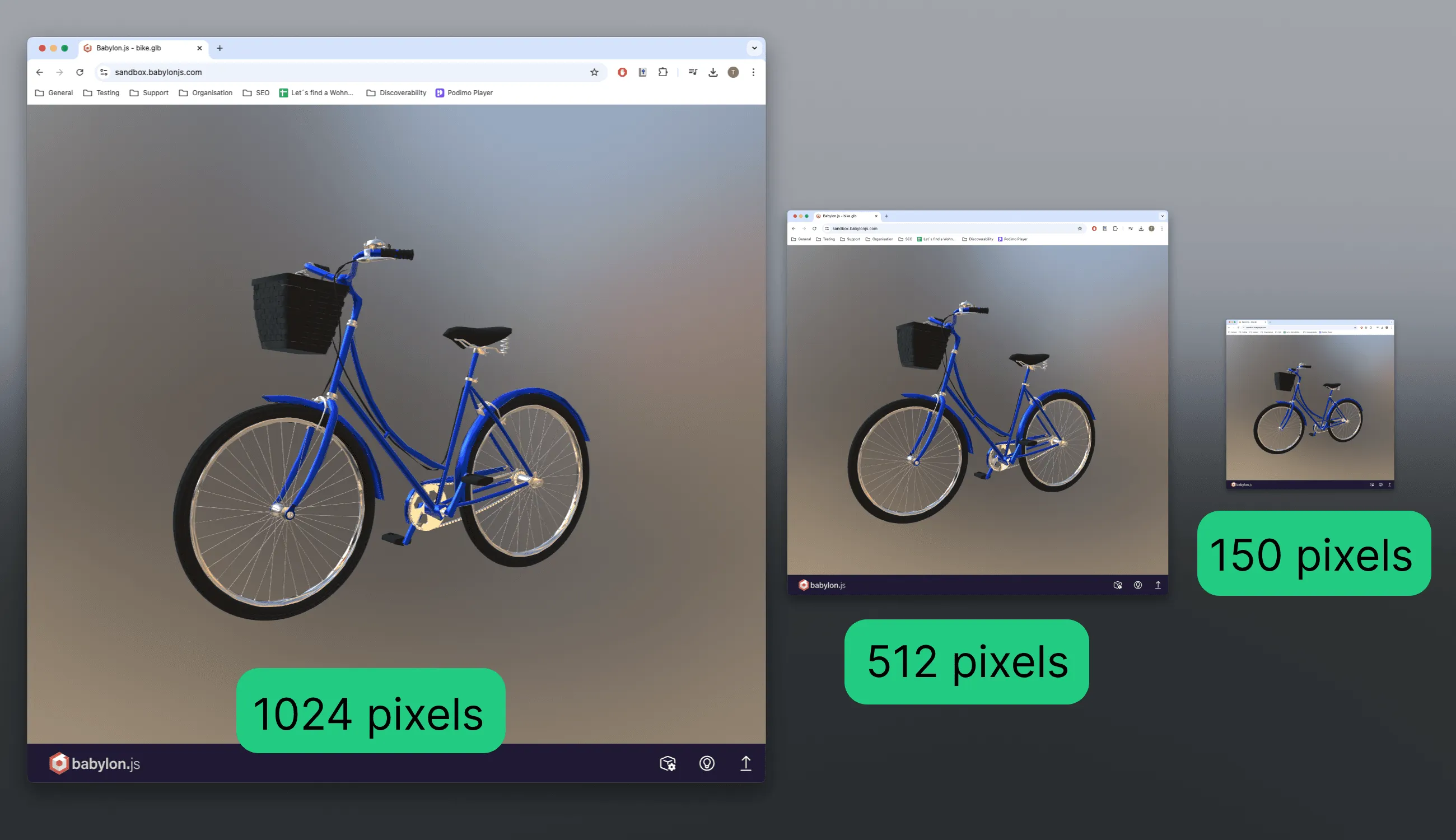
Size on Screen Modifier
This modifier calculates the optimal mesh and texture resolution for a given display size on screen, in pixels.
It allows you to define the display size your model will be shown in, using mesh deviation and pixels-per-unit metrics for precise calculation.